复合加工机床立柱动、静态特性分析及优化毕业论文
2020-04-15 17:46:56
摘 要
本次我做的毕业设计是复合加工机床立柱动、静态特性分析及优化。本文针对立柱加工机床建立了整机有限元模型,并对其动静态特性进行了模拟分析和设计优化。把不同设计分析结果拿来对比,从而确认了有限元模型的准确性,获得所需优化结构。通过对整机动态特性分析,发现立柱机床的主轴箱尺寸结构为影响加工精度的主要敏感部位。为了减少主轴箱的变形,提高其动刚度,对主轴箱上各筋厚、开窗大小等尺寸数据采用多实验法进行了分析,确定了几个影响较大的关键尺寸。在此基础上对影响机床动态性能的关键尺寸进行目标优化,通过优化前后动态特性分析结果的对比,发现机床主轴的刚度及主要模态频率均有提高,主轴头部变形量减少,进而提高了复合加工机床的加工精度。
目的:尽可能用较少的材料获得机床较高的频率
方法:abaqus软件绘图进行设计分析
结果:改变立柱筋并组合确定最合适的优化方案
结论:立柱机床的频率随筋厚尺寸改变而变化
关键词 有限元 模态分析 静动态特性 结构优化
Abstract
The graduation design I made this time is the dynamic and static characteristic analysis and optimization of the column of the composite processing machine. In this paper, the finite element model of the whole machine is established for the column processing machine, and its dynamic and static characteristics are simulated and optimized.The results of different design analyses are compared to confirm the precision of the model and to achieve or obtain the desired greatly optimized structure.Through the analysis of the dynamic characteristics of the whole machine, it is found that the size of the headstock of the column machine is the main sensitive part that affects the machining accuracy. In order to reduce the deformation of the headstock and improve its dynamic stiffness, the multi-experiment method was used to analyze the size data of the rib thickness and window size on the headstock, and several key dimensions with great influence were determined. Here based on the title, the crux measurements affecting the trend form of the expression of the machine tool are optimized. By comparing the results of the dynamic characteristics analysis before and after optimization, it is found that the main mode frequency of the machine spindle are improved, and the deformation of the spindle head is reduced, thereby improving. Machining accuracy of composite machining machines.
KeyWords: Finite element; Modal analysis; Static and dynamic characteristics; Structural optimization
目录
摘 要 I
Abstract II
第一章 绪论 1
1.1课题背景 1
1.2国内外发展现状 2
1.3本课题研究的意义 2
1.4研究途径与目的 3
第二章 整机有限元认识及分析 4
2.1ABAQUS介绍 4
2.1.1 软件介绍 4
2.1.2 ABAQUS求解器 4
2.1.3模拟仿真 5
2.2立柱的有限元模型建立 5
2.2.1网格划分和单元选取 6
2.2.2立柱静力学分析 7
2.2.3动力学分析 7
2.2.4本章小结 9
第三章 立柱结构优化 10
3.1 静态变形量分析 10
3.1.1静态分析 10
3.2模态灵敏度分析 13
3.2.1模态分析 13
3.2.2立柱优化目标的确定 17
3.3本章小结 19
第四章 经济核算 20
总结与展望 21
参考文献 22
致谢 23
第一章 绪论
1.1课题背景
改革开放后,我国机械行业也在不断进步发展,正逐渐成为一个制造业大国。如今我国大多数机床的设计还是蛮传统的,不仅是在技术能量这些方面,实验条件也有些落后。在设计机床的时候,这个过程很麻烦,有时候,难免在设计的时候忽略点什么,导致一些缺陷的出现,这样对机床动静态特性分析得不到满足,就没办法达到原来所想的设计好的目标,正是这样才越来越严重影响在机床方面的设计以及我国机床事业的进步。
加工机床它是多个自由度这样的一个振动系统,像里面工作的部件齿轮,在啮合传动的时候,就会产生或多或少的一些冲击力,然后这些力通过轴与轴承再传到机床的轴体上,就是我们所看到的加工过程中的机床在振动的样子。传动的时候,只要齿轮的啮合频率和立柱机床工作时的固有频率将近吻合或达到一致,就产生所谓的机床共振效应,就是因为这样才使机床加工精度得不到提高,机器发生疲劳破坏,所以研究设计人员在设计机床的过程中对机器工作时的安全可靠性作出更高更规范的设计要求。
在对机床主轴箱的开发的时候,有限元分析法得到了广泛的应用,通过对它的动静力学及结构分析,了解到机床的动静态特性,为设计人员在对机器进行结构优化时提供一些帮助和支持,并拿这些分析作为设计过程的主要参考。通过使用有限元软件,提高了设计上的整体水平,大大减少了原来的长设计周期。
以上是毕业论文大纲或资料介绍,该课题完整毕业论文、开题报告、任务书、程序设计、图纸设计等资料请添加微信获取,微信号:bysjorg。
相关图片展示:
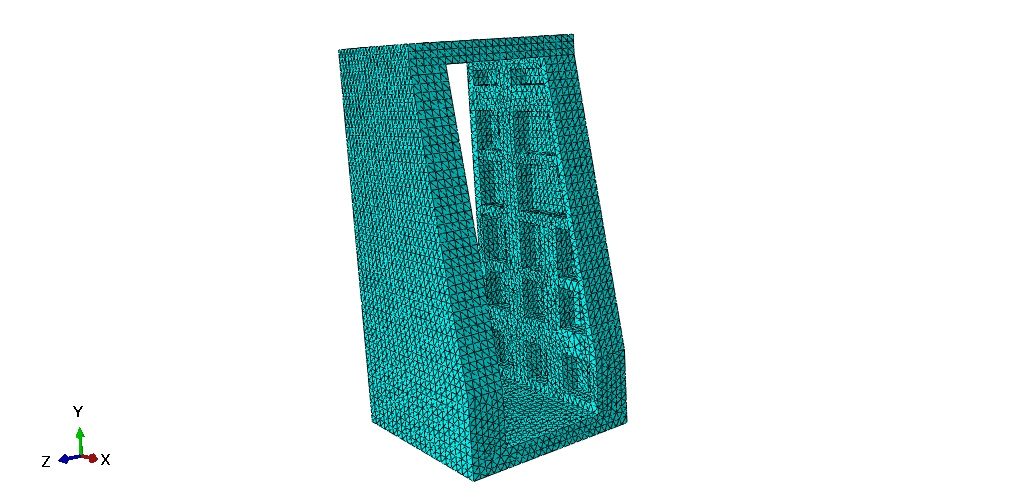
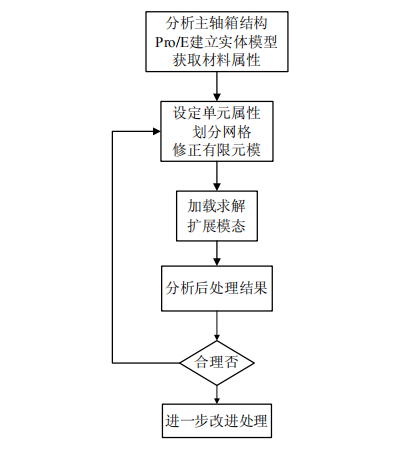
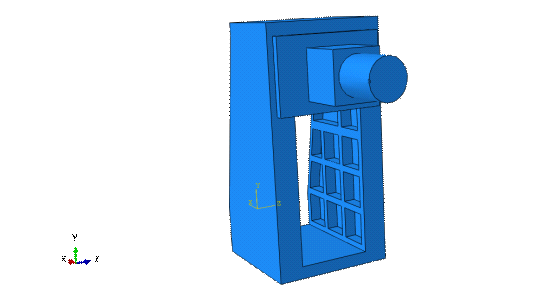
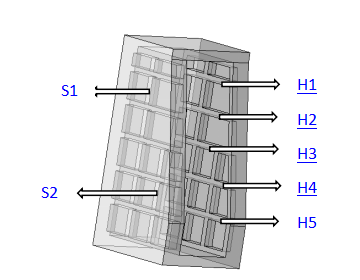
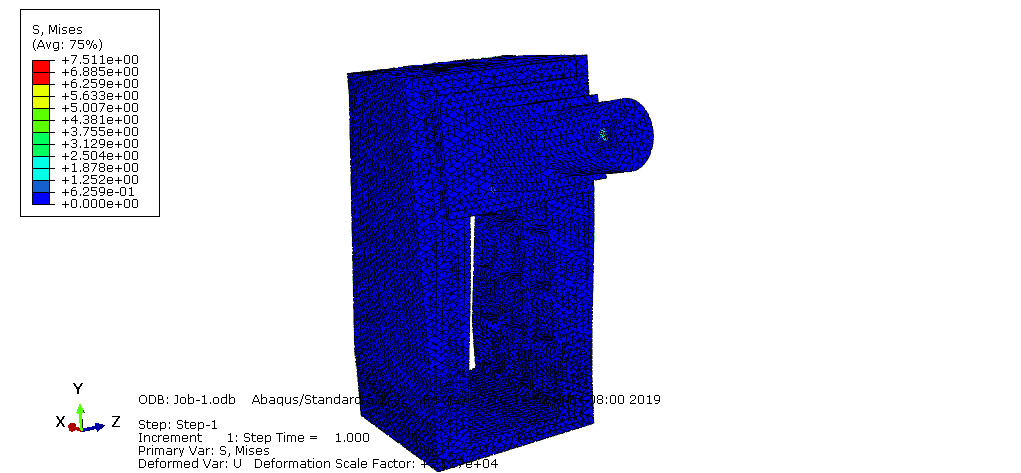
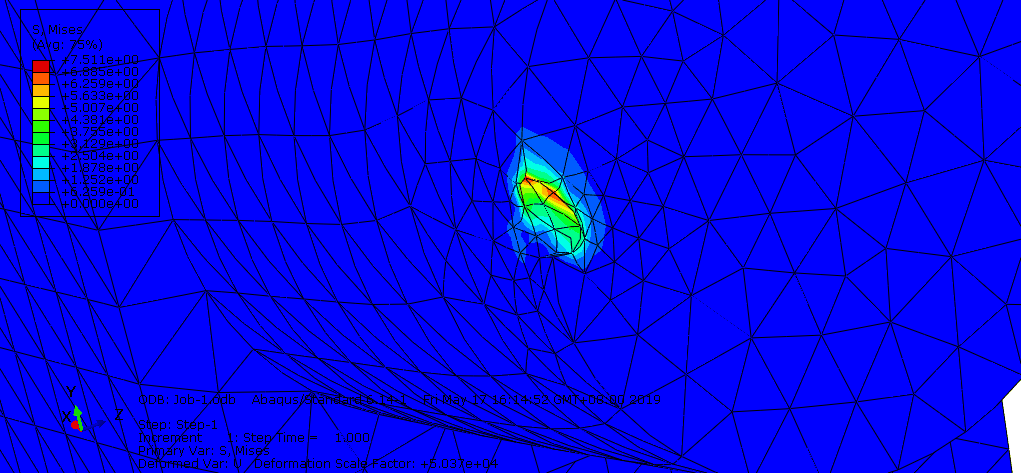
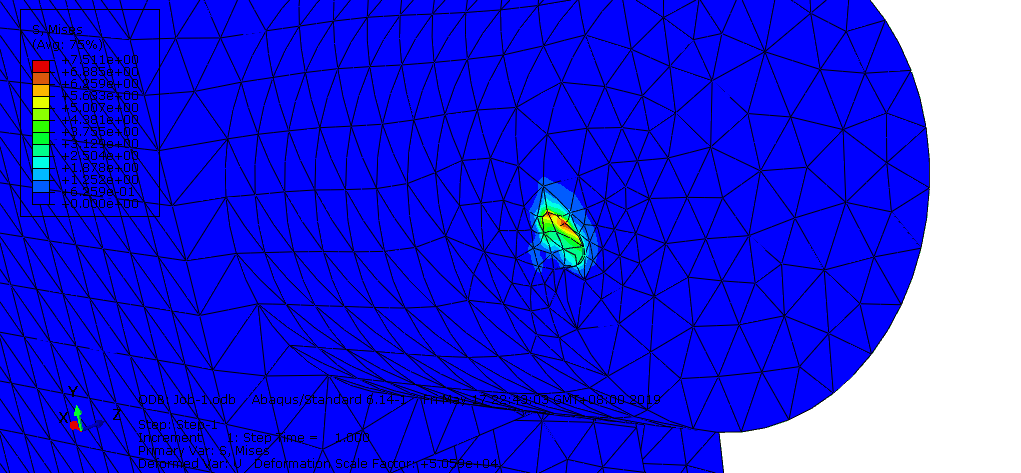
课题毕业论文、开题报告、任务书、外文翻译、程序设计、图纸设计等资料可联系客服协助查找。



